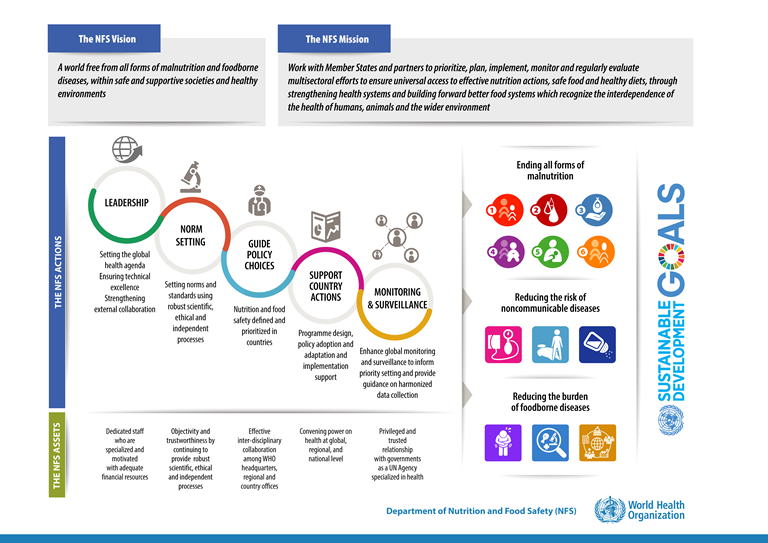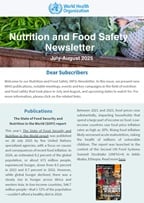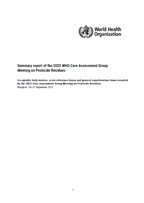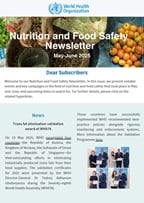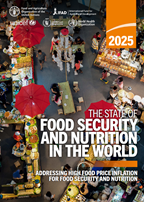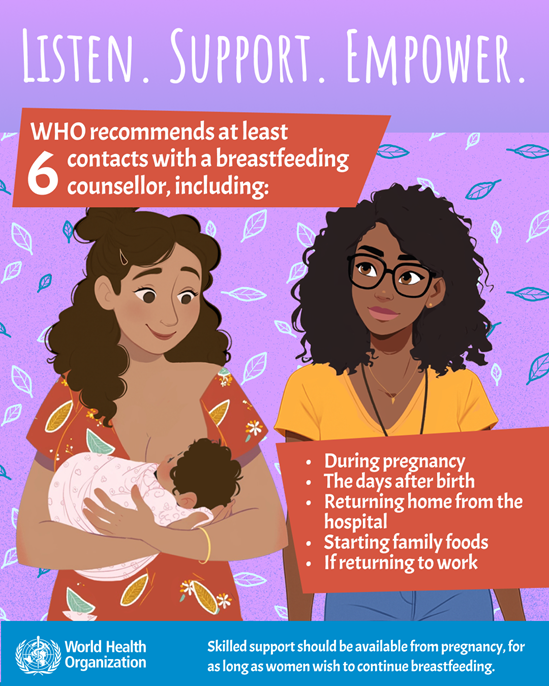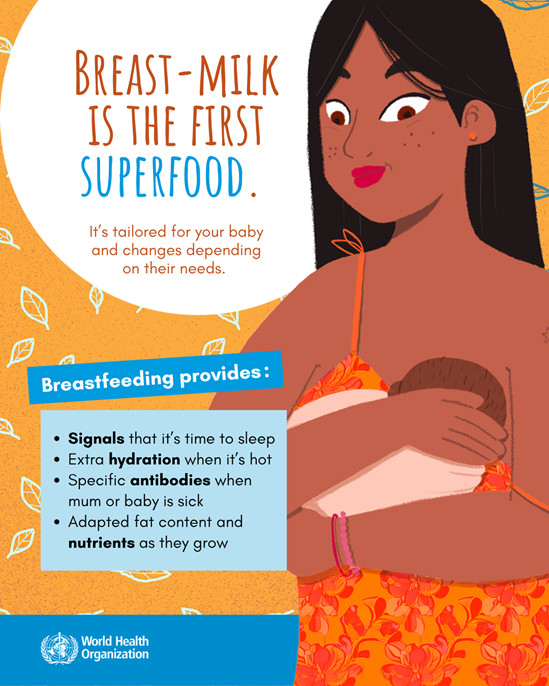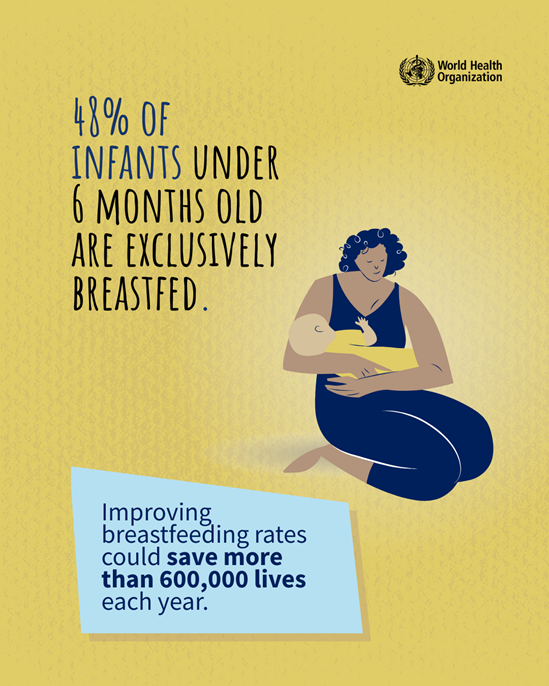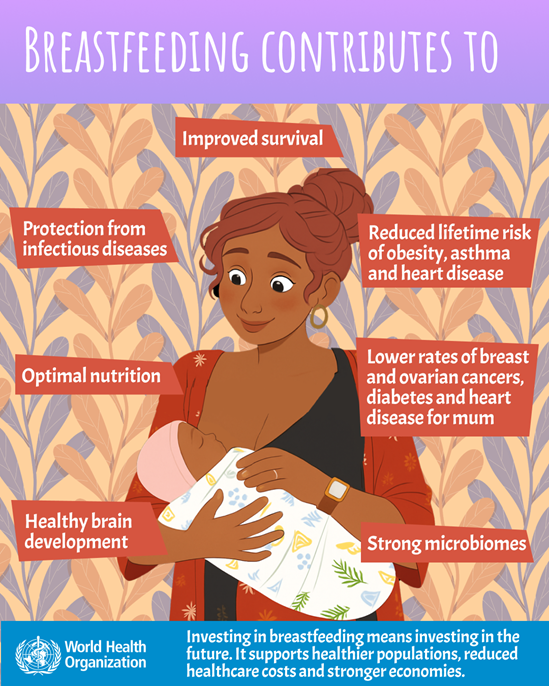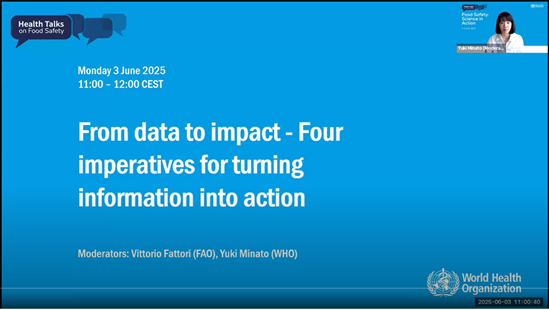Episode #91 - Everything you need to know about trans fat
Alternative media
Transcript
VGS Hello and welcome to Science in 5. I'm Vismita Gupta-Smith We are talking to Dr Francesco Branca, today. Welcome Francesco. Francesco, let's start with what kind of foods contain trans fat?
FB There are two kinds of trans fat, natural trans fat and industrial trans fat. The natural trans fat are contained in dairy products or in the meat of ruminant animals such as cows. Both trans fat are bad for our health. The industrial trans fat are the largest proportion. The value of this product for the manufacturers is the fact that they have a longer shelf life and they're also cheaper. Partially hydrogenated oils are used in products such as margarine, vanaspati ghee and they're used in baked products such as donuts or fried food or baked food that you often find in street food.
VGS Francesco, describe to us what trans fat do to our body when we consume them.
FB So when trans fat enter our body, they're taken up by certain compounds that transport fat in the blood flow. And the more the trans fat, the higher the amount of bad cholesterol that is produced and the lower the amount of the good cholesterol.
So you have more of this bad cholesterol, which then means higher amount of hardening of the cell walls and inflammation of the cell walls. And this leads to a higher risk of clogging of the arteries and therefore a higher risk of heart disease and stroke.
Consumption of trans fat at the current level is estimated to increase that by 21% that is by one-in-five the risk of getting heart disease. And by even more one-in-four times the risk of dying from heart disease. And so we calculate that with the current level of consumption of trans fat, something in between 300 000 and 500 000 people every year die as a result of the consumption of this toxic compound. And if we remove this compound from the food system, we will be able to save millions of lives.
VGS Francesco, how can we remove trans fat from our food chain? And has any country done it?
FB So let me start by saying that trans fat are bad for your health. So removing them will give you health benefits and you would not even realize that trans fat is being removed because there's no change in taste, no change in the cost of food. It's possible to remove trans fat and replace it with other ingredients, vegetable oils such as canola oils or other vegetable oils and manufacturers know how to do that. It's important that countries nudge manufacturers through adequate regulations. WHO has identified the most effective regulations which imply limiting the amount of trans fat below a certain very minimum level that comes usually from all natural sources. Or banning the sales and production of industrial trans fat.
Now we have 43 countries who have passed legislation in the last years, and this number has grown very quickly in the last few years as a result of public health campaigns. Largely, these countries are from the global north - high income countries.
But since last year, we've had countries such as India and Bangladesh who have passed regulations in line with the WHO good practices. And we have good expectation that other countries such as Nigeria this year will also pass legislation.
At the moment we have 3 billion people in the world who are covered by the risk of exposure to trans fat because they live in countries where legislation is strong. But we need to cover the rest of the world, and we really count on the collaboration of all actors, government actors, but also manufacturers of food, oil manufacturers to all work towards what could be an impressive public health achievement and in fact, the elimination of the first risk factor for non-communicable diseases such as heart disease.
VGS Thank you, Francesco. That was Science in 5 today. Until next time then, stay safe, stay healthy and stick with science.

